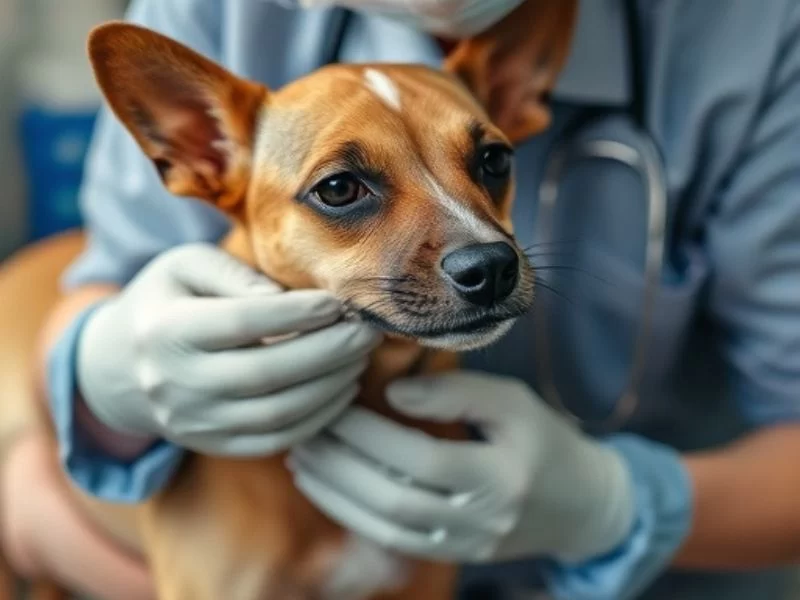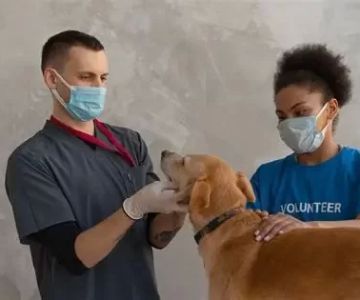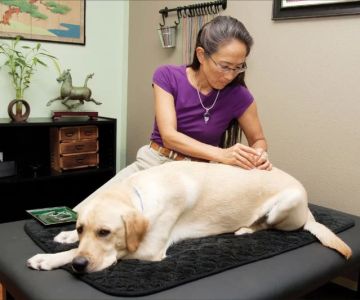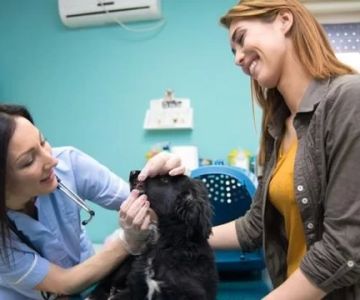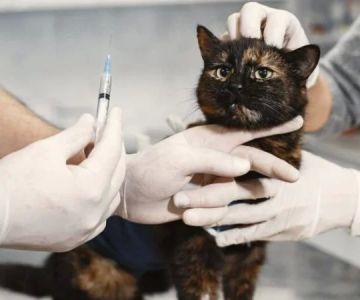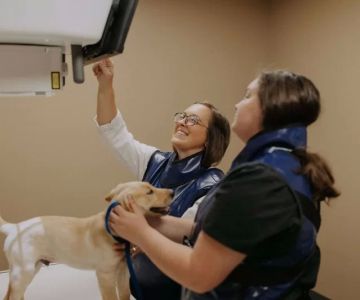How to Become a Veterinarian in Texas: A Step-by-Step Career Guide
- start-early-building-your-science-foundation
- texas-undergraduate-pathways-that-make-a-difference
- getting-into-vet-school-in-texas
- licensing-requirements-for-texas-veterinarians
- real-life-case-a-texas-vet-story
- tips-to-thrive-as-a-texas-veterinarian
1. Start Early: Building Your Science Foundation
If you're asking how to become a veterinarian in Texas, your journey ideally begins as early as high school. Focus on science-heavy coursework such as biology, chemistry, and physics. Texas high schools often offer dual-credit or AP science programs—great preparation for what's to come.
Volunteering at animal shelters or shadowing local vets can also give you early insight into the veterinary world. Programs like the Texas 4-H Veterinary Science Program are excellent for gaining hands-on experience and mentorship.
2. Texas Undergraduate Pathways That Make a Difference
2.1 Choosing the Right Major
There’s no “one-size-fits-all” major, but most future vets in Texas choose animal science, biology, or biomedical science. Texas A&M University and Texas Tech both offer excellent pre-veterinary tracks. Make sure to complete all prerequisites required by Texas vet schools, which often include organic chemistry, microbiology, and statistics.
2.2 Gaining Animal Experience
Beyond academics, veterinary programs expect hundreds of hours of animal-related work. Work at ranches, farms, kennels, or zoos across Texas to build a diverse experience portfolio. Admissions committees love to see students who have worked with both large and small animals.
3. Getting Into Vet School in Texas
3.1 Applying to Texas A&M or Texas Tech Vet School
Texas offers two AVMA-accredited veterinary colleges: Texas A&M College of Veterinary Medicine and Texas Tech University School of Veterinary Medicine. Both are competitive, so prepare your application with strong GPA, GRE scores (if required), letters of recommendation, and a compelling personal statement.
In-state applicants have an advantage, especially at Texas A&M. The selection process emphasizes not just academics, but also leadership, resilience, and ethical reasoning.
4. Licensing Requirements for Texas Veterinarians
Once you’ve graduated from an accredited vet school, it’s time to get licensed in Texas. You must pass the North American Veterinary Licensing Examination (NAVLE) and apply through the Texas Board of Veterinary Medical Examiners. You’ll also need to complete jurisprudence exams covering Texas-specific veterinary law.
Keep in mind that continuing education (CE) is required annually to maintain your Texas veterinary license.
5. Real-Life Case: A Texas Vet Story
Dr. Rachel Jimenez from San Antonio never thought she’d be a livestock vet. After completing her degree at Texas A&M, a summer internship in West Texas changed her path. She now works with cattle ranchers throughout the Hill Country and attributes her success to early exposure and persistent networking.
“I started by volunteering in small animal clinics, but Texas has so many large animal opportunities,” she says. “Being open-minded helped me find my passion.” Her story shows that becoming a vet in Texas doesn’t always mean following a straight line—it’s about staying committed and flexible.
6. Tips to Thrive as a Texas Veterinarian
6.1 Embrace Rural and Urban Opportunities
Texas is massive and diverse. From small-town vet clinics in East Texas to high-tech animal hospitals in Austin, there’s a fit for every personality. Many rural areas need more vets—this could offer higher job security and community trust.
6.2 Stay Connected With Veterinary Networks
Professional organizations like the Texas Veterinary Medical Association (TVMA) can help you stay informed and supported. Conferences, local events, and mentorship programs are invaluable for new vets building their reputations.
6.3 Invest in the Right Tools
If you're serious about pursuing a veterinary career in Texas, invest in resources that can help you succeed. From study guides to field equipment, having the right tools from the start can set you apart. You can find career-building resources and specialized tools on sites like Scent Snob or your local vet suppliers.
Wondering how to become a veterinarian in Texas and stand out? Start building your roadmap today and explore tools, books, and mentorships that can elevate your journey. Your future patients—both furry and feathered—are waiting!

